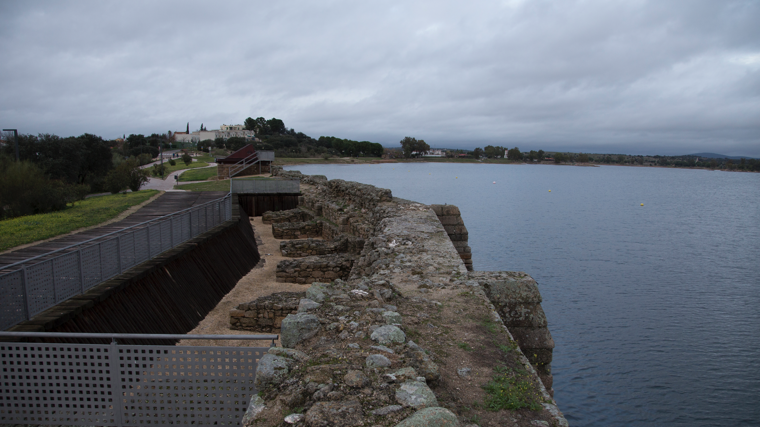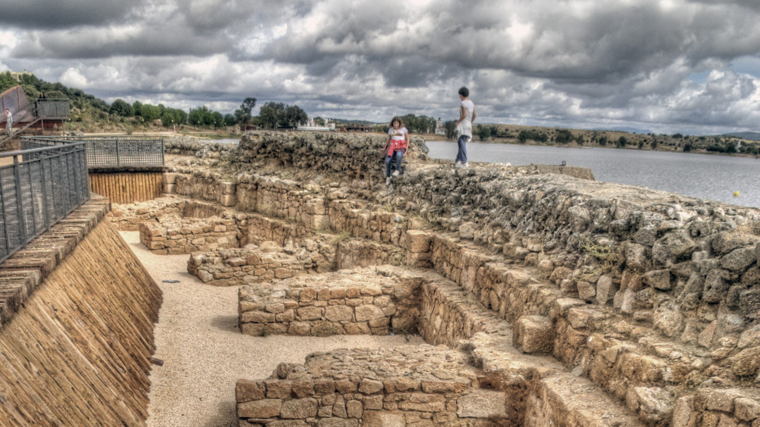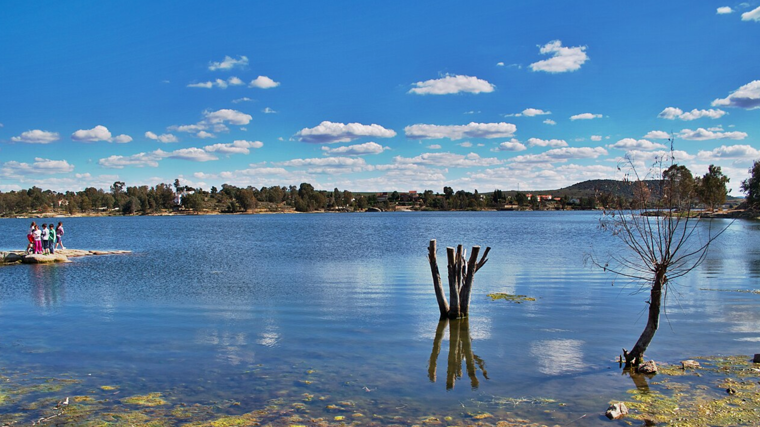A swim in one of the oldest reservoirs in the country

With the rise in temperatures, coastal getaways are on the rise, although not everyone can afford this option or doesn't have enough time. Fortunately, there are other natural options for cooling off, such as inland beaches or reservoirs scattered throughout Spain, some of which even have Blue Flag status, such as Orellana or Campanario . In the province of Badajoz, located about five kilometers northwest of the beautiful and historic city of Mérida , lies a Roman-built structure of colossal dimensions, ideal for a dip and, while you're at it, a dip in history: the Proserpina Reservoir, one of the largest in antiquity, with a surface area of 5 cubic hectometres.
 Roman dam of Proserpina, one of the oldest in the country
Mérida City Council
Roman dam of Proserpina, one of the oldest in the country
Mérida City Council
The origin of this construction, considered one of the oldest Roman reservoirs in Spain , dates back to approximately the 1st and 2nd centuries AD, when it became necessary to ensure the water supply to the city of Augusta Emerita, given the large number of people and animals that resided there. The dam work is 425 meters long by 21 meters high and closes a natural basin where two streams converge, that of the Pardillas and that of the Adelfas, in addition to collecting rainwater and some springs.
From that date, an underwater ashlar wall with ashlar buttresses remains. Later additions, dating from the 2nd to the 17th century, create a sloping screen with upstream buttresses. Downstream, the dike rests on a large earthen bank, and embedded in it and attached to the dam are two towers that provided access to the water intakes located at different heights along the wall. From here, the water passed to the hydraulic pipeline that reached the north of the city before crossing the Albarregas Valley via the Los Milagros aqueduct . In the 18th century, an important wool washing house was added.
 Dam wall of the Proserpina reservoir
Angel m. very happy - wikimedia commons
Dam wall of the Proserpina reservoir
Angel m. very happy - wikimedia commons
In 1990, the reservoir had to be emptied due to a water quality problem, which left it virtually dry for five years, a period during which various repairs and improvements were made.
It is worth noting that this engineering work, popularly known as 'La Charca' and integrated into the archaeological complex of Mérida and therefore declared a World Heritage Site , is located in the same place where the famous Battle of Albuera took place, in which the dispute over the throne of Castile that she had with Juana 'la Beltraneja' was settled in favor of Isabella the Catholic. In fact, for a time it was also called Albuera de Carija. Its current name was obtained in the 19th century when a tombstone was found with an inscription invoking the goddess of the underworld Proserpina.
 The Proserpina reservoir boasts clean waters and an enviable natural environment.
gotardo gonzález - wikimedia commons
The Proserpina reservoir boasts clean waters and an enviable natural environment.
gotardo gonzález - wikimedia commons
The Proserpina Reservoir boasts one of the best-maintained freshwater beaches in Extremadura . This spot is perfect for a family day out, offering various amenities, including parking, lifeguarding and lifeguarding (during the summer), showers, restrooms, and several beach bars where you can sample typical local dishes. You can also enjoy various water sports here, such as kayaking, paddleboarding, and boat trips. In fact, an event known as "Vive Proserpina" has been held in recent summers, promoting active tourism in aquatic environments with activities for all ages.
 Pedal boats on the Proserpina Reservoir, Mérida
Extremadura tourism
Pedal boats on the Proserpina Reservoir, Mérida
Extremadura tourism
Surrounding the reservoir is a circular gravel trail of about 5 kilometers, perfect for those who want to complete the day with a bit of exercise.
ABC.es





